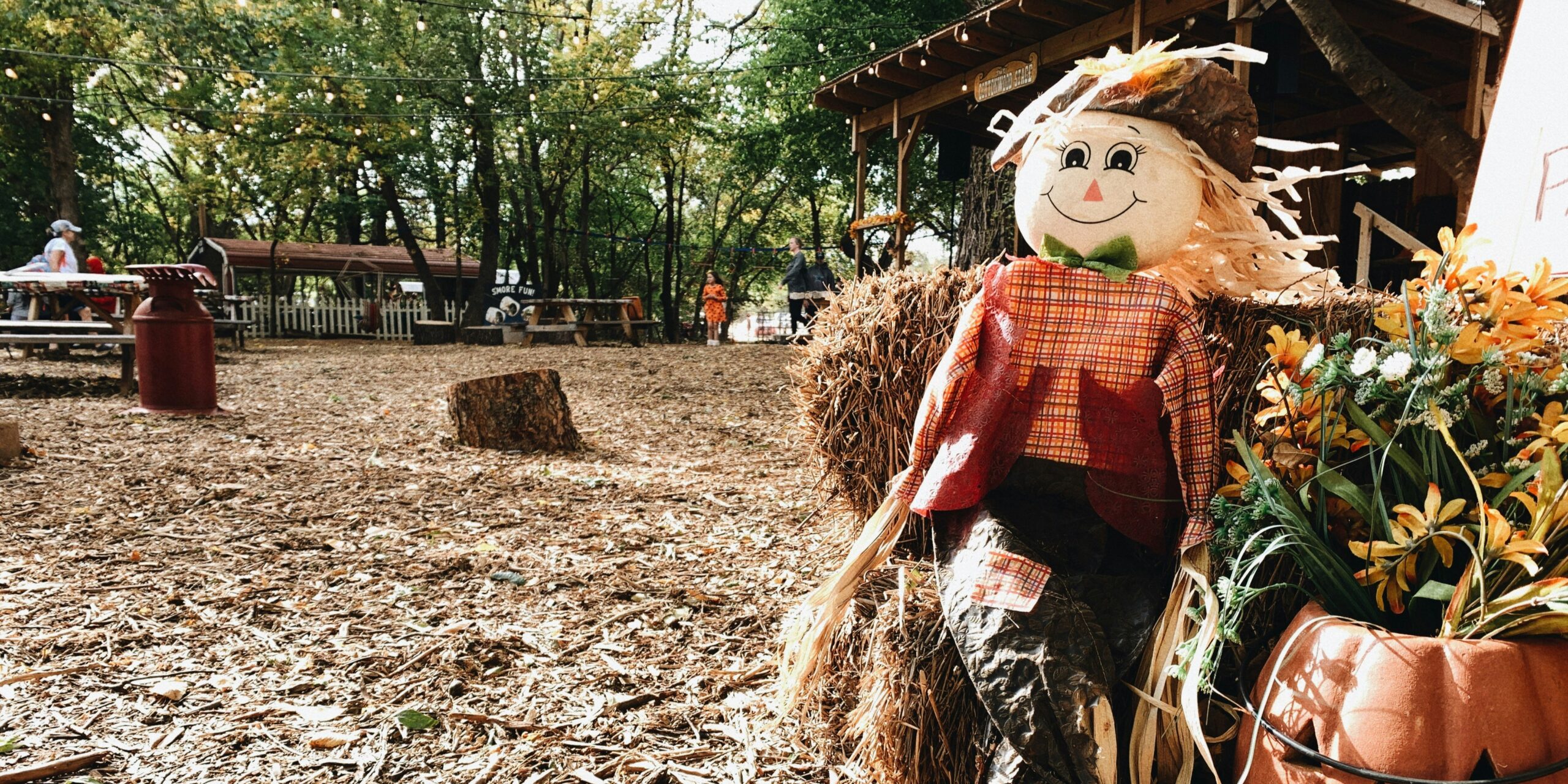Scattered across California’s landscape lie the remnants of forgotten dreams – ghost towns. Once-thriving settlements fueled by gold fever, mining booms, and desert ambitions, these abandoned outposts offer a glimpse into the state’s volatile cycles of boom and bust. From weathered wooden storefronts to rusting mining equipment, these places whisper tales of ambition, hardship, and the relentless passage of time.
Bodie: The Gold Rush Ghost Town
Perhaps California’s most famous ghost town, Bodie embodies the classic Wild West image. Once home to 10,000 residents, this gold mining town boomed in the 1870s and declined just as rapidly. Today, visitors can walk the dusty streets, peering into preserved buildings frozen in time: a saloon, a general store, even homes with dishes still set on the table.
Calico: Silver Mining and Western Tourism
Founded in 1881 as a silver mining camp, Calico experienced a revival decades later as a Western-themed tourist attraction. While some of the town is restored, many authentic structures remain. Visitors can explore mines, ride a historic train, and experience a taste of the Old West amidst the picturesque Calico Mountains.
Desert Ghost Towns: Remnants of Forgotten Dreams
The Mojave desert holds countless ghost towns, testaments to the harsh realities of desert life and the fleeting nature of resources:
- Rhyolite: This once-grand town near Death Valley boasted a railroad, bustling businesses, and even a symphony orchestra before a financial panic led to its rapid abandonment.
- Cerro Gordo: A remote silver mining camp perched high in the Inyo Mountains, Cerro Gordo is famed for its dangerous roads and well-preserved structures accessible only by 4-wheel drive.
The Eerie Allure of Ghost Towns
California’s ghost towns hold a unique fascination for several reasons:
- Tangible History: Unlike ruins lost to time, ghost towns offer a remarkably complete picture of the past, preserving daily life as if the residents simply vanished.
- Stories of Extremes: These towns embodied the American spirit of seeking fortune, revealing both the potential for wealth and the devastating consequences of economic collapse.
- Romance of Decay: The weathered buildings and eerie silence create a sense of haunting beauty, inviting reflection on impermanence.
Responsible Exploration
While exploring ghost towns is captivating, it’s vital to do so responsibly:
- Preservation Efforts: Respect these places as fragile historical sites. Don’t remove artifacts or damage structures.
- Safety First: Abandoned mines, crumbling buildings, and remote locations can pose hazards. Be prepared and aware of your surroundings.
- Tread Lightly: Leave these sites as you found them for future generations to experience.
Finding California’s Ghost Towns
- State Parks: Some ghost towns, like Bodie State Historic Park, are preserved and offer visitor facilities.
- Online Resources: Websites dedicated to ghost towns provide maps, directions, and historical information.
- Guided Tours: Tour operators specialize in ghost town adventures, offering expertise and access to less-accessible sites.
California’s ghost towns offer a journey through the state’s turbulent past. They stand as poignant reminders of ambition, perseverance, and the enduring appeal of the vanished American West.




